Books on Paris: Delving into my Curated Bookshelf
- SUBSCRIBE
- ALREADY SUBSCRIBED?
BECOME A BONJOUR PARIS MEMBER
Gain full access to our collection of over 5,000 articles and bring the City of Light into your life. Just 60 USD per year.
Find out why you should become a member here.
Sign in
Fill in your credentials below.
Six months in Paris on my year abroad was enough to make a small dent in the literary cacophony of opinions, revelations and assertions about the French capital which has created something of a canon of its own. The city has been something of a home and a refuge for French and expatriate writers alike for centuries, offering a deliberate pace of life that favors contemplation and observation over fleeting occurrences. Many leisurely hours were spent reading in the manicured gardens of the Place des Vosges — my personal favorite reading spot and where Victor Hugo’s house is aptly located — and endless weekends spent frequenting hidden spots which I’d read about, discovering the corners of Paris less visited. This is my edit of the most authentic writing about one of Europe’s most explored and romanticized cities.
Down and Out in Paris and London, George Orwell
The 75th anniversary of Animal Farm passed a few years ago so it seems fitting to include an Orwellian novel in my selection. While Paris-related books tend to place the city on a pedestal, this 1933 memoir will remind you about the more realistic and less sugar-coated sides of French metropolitan life. Orwell describes what it’s like to live on the breadline in a city that shuns poverty, whilst working as a plongeur — someone who washes the dishes — in a chi-chi Parisian restaurant. He speaks with tragicomic frankness and sobering honesty about living on the margins of society, about the destitution of those who cannot afford to think further ahead than their next meal, and the dehumanizing gaze of the prosperous Parisian middle and upper classes.
The Painter of Modern Life and Other Essays, Charles Baudelaire
As is clear from his somewhat bitterly named poetry collection The Flowers of Evil, Baudelaire’s style is replete with nostalgia and disenchantment for the side of Paris that was destroyed by Haussmann under Napoleon III. An attempt to modernise the post-revolutionary city, making it more hygienic and reducing the chance of working-class revolts, Haussmann was determined to wipe out all remnants of antiquity and denote Paris as worthy of the same architectural prowess of London. This extended essay presents the contemporary figure of the flâneur, an elusive and anonymous figure who wanders around the rebuilt Parisian boulevards observing the society around him. The bourgeois demographic which he observes seem motivated by the capitalism encouraged by the city’s gentrification. And while Baudelaire’s flâneur doesn’t knowingly engage in the cult of consumerism around him, nevertheless, his idle strolling in the middle of the working day posits him as a member of this capitalist society, seemingly swept up in the ephemeral Parisian experience of modernity. A must-read for anyone interested in French modernity during the Second French Republic.
This one caught my attention after it was mentioned in The Sunday Times Bestsellers, praising the way that Faulks incorporates Paris’s violent history into contemporary society. The oppressive Vichy regime and brutal colonial rule in Algeria morph into ghosts of the past, haunting the deceptively beautiful façades of the reconstructed buildings of post-War Paris. The narrative tells the unlikely story of Hannah, a postdoctoral researcher, and Tariq, a teenager who decides to escape from Morocco in search of his mother who left for Paris when he was a child. There are strange clues that can be found wherever they look about the German Occupation of Paris: in the métros, boulevards and the Parisian banlieues. This gothic storyline reminds us that history lurks round every street corner, even in a city which has consciously and deliberately demolished and rebuilt much of its infrastructure.
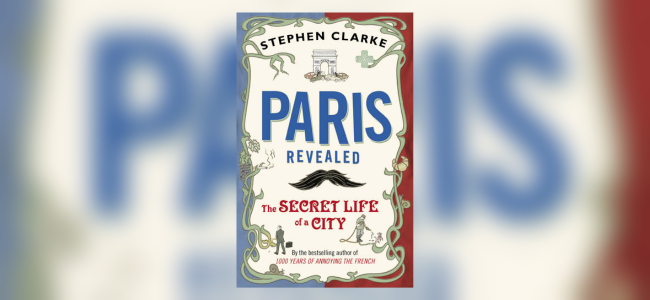
Paris Revealed: The Secret Life of a City, Stephen Clarke on Bookshop
Paris Revealed: The Secret Life of a City, Stephen Clarke
An Adam Kay-style tone offers a tongue-in-cheek account of the ins and outs of Parisian habits and behaviour, thereby divulging some of the less idealized realities of living in France’s capital. Clarke teases the Parisians for their intense and almost obsessive relationship with food, their overly-pompous and lengthy métro names including La Courneuve – 8 Mai 1945 and Bobigny – Pablo Picasso, and the unfaltering elegance of the haute couture fashion houses. His description of Parisian studio flats as no bigger than a “live-in toilet” is painfully relatable for anyone who has experienced the bureaucratic process of renting a flat in a city where a square meter costs an arm and a leg. Clarke pays homage to the idiosyncrasies of Paris; for all its flaws, there’s a reason why it’s the most talked about city of them all.
The Only Street in Paris: Life on the Rue des Martyrs, Elaine Sciolino
During my year abroad, I lived just off the charming Rue des Martyrs, and this book truly gives it the credit it deserves. In contrast to Baudelaire, Sciolino focuses solely on the allure of pre-modern Paris, which is manifested in this street which has quietly witnessed the livelihoods of so many and so much. On this street, the patron saint of France was beheaded, the Jesuits took their first vows, Degas and Renoir painted circus acrobats, François Truffaut filmed scenes from Les Quatre Cent Coups and Zola took inspiration for his 1880 novel Nana. This book also celebrates quintessential Parisian life, from the cheesemonger who recommends “a small piece of aged Comté cheese” when trying to lure a rat to a trap, to “a woman who repairs eighteenth-century mercury barometers.” This novel really does capture all the intricate minutiae of the metropole. And if you do ever find yourself in the ninth arrondissement, I highly recommend a visit to the Rue des Martyrs — the foodie street of this quartier.
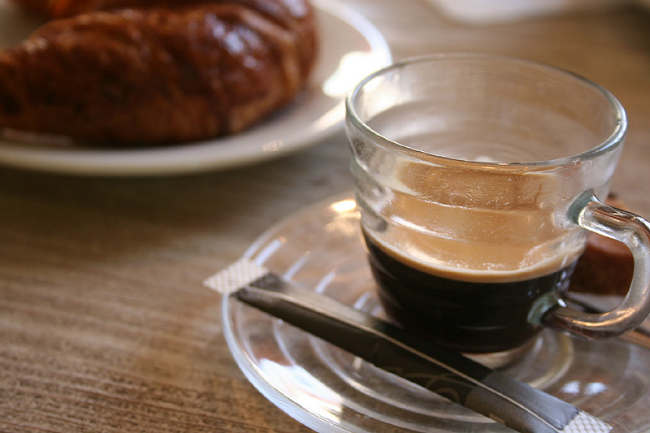
Coffee in Paris. Photo: Mariela M/ Flickr
Paris Coffee: 30 lieux de dégustation illustrés au café, Anna Gorvits & Audrey Nait-Challal
The Parisian coffee shop bible, illustrated using the coffee beans themselves, is a celebration of the burgeoning coffee culture which has slowly been taking over the capital. From KB Pigalle, a hive of international coffee connoisseurs, to Floréal Belleville, an unpretentious cafe situated in a former photographer’s bohemian residence, Anna and Audrey have combined their illustration and journalistic skills to create a French-English bilingual coffee guide for those with a penchant for a caffeinated pick-me-up. The illustrations are evocative of the thriving culture of coffee drinking in environments which have plenty of character and ambiance. A handy key informs readers whether each café has a torréfacteur (a coffee roaster), whether they’re laptop friendly and if they offer Wi-Fi. It’s a reminder that Paris has a lot of heart — and a lot of people committed to preserving and bolstering the coffee industry which encourages sitting in and taking some time out, instead of the slap dash culture of takeaways. Bonne dégustation!
Lead photo credit : Selection of books. © Susan Q Yin, Unsplash
More in Anna Gorvits & Audrey Nait-Challal, books, Charles Baudelaire, Down and Out in Paris and London, Elaine Sciolino, George Orwell, Paris Coffee: 30 lieux de dégustation illustrés au café, Paris Echo, Paris Revealed: The Secret Life of a City, Sebastian Faulks, Stephen Clarke, The Only Street in Paris: Life on the Rue des Martyrs, The Painter of Modern Life and Other Essays
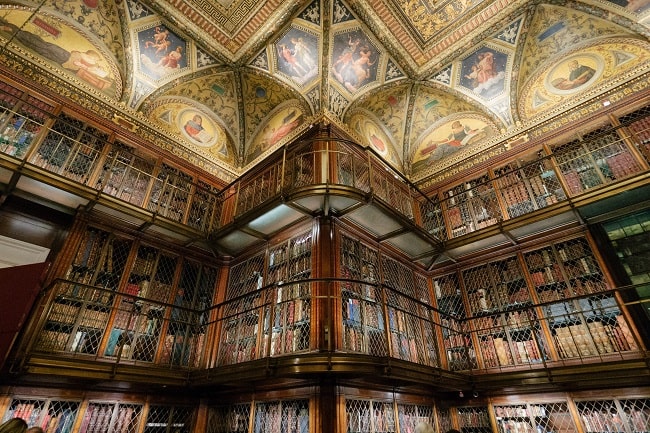
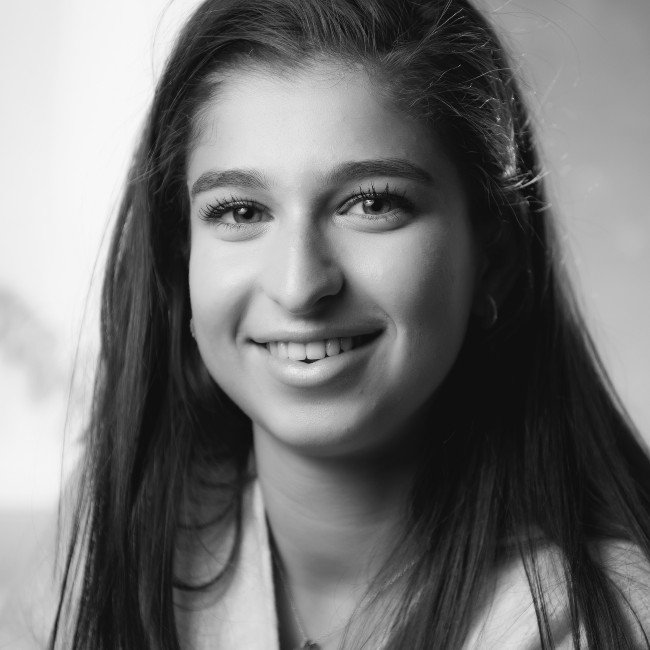
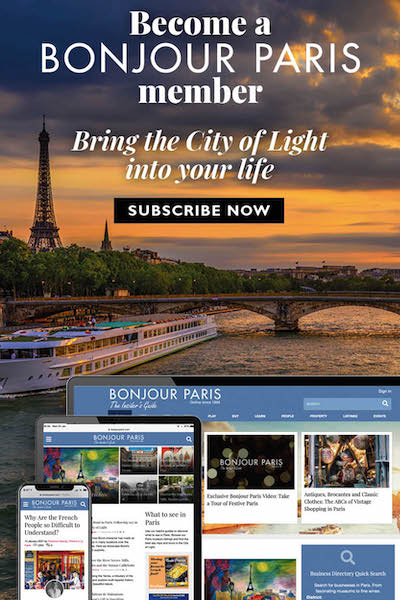
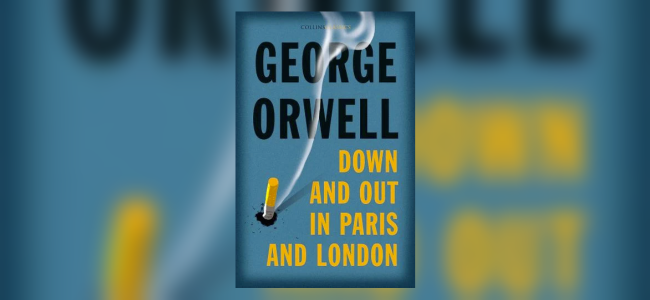
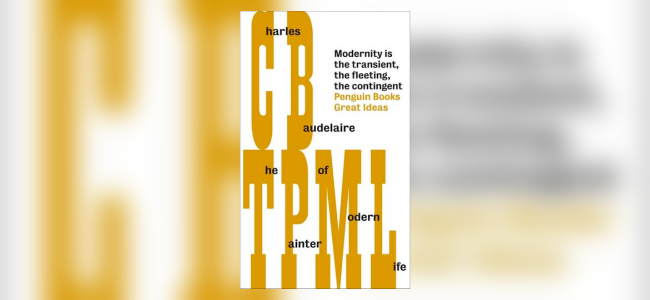
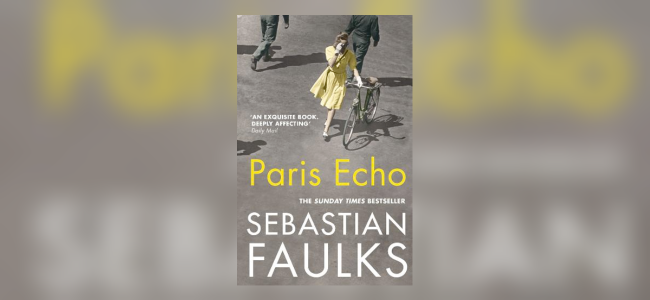
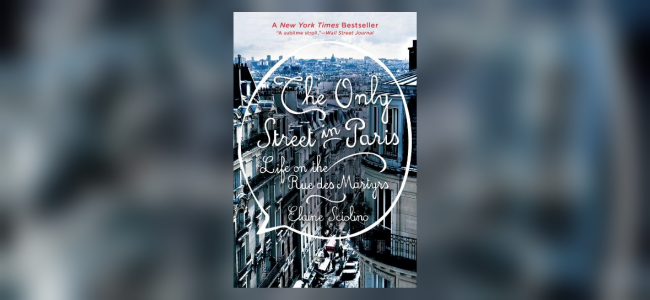
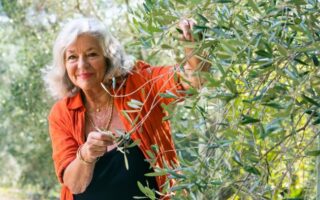
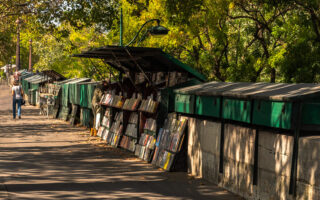
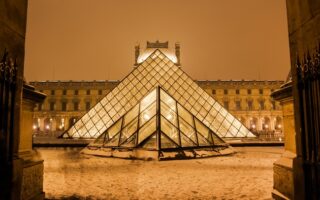
REPLY